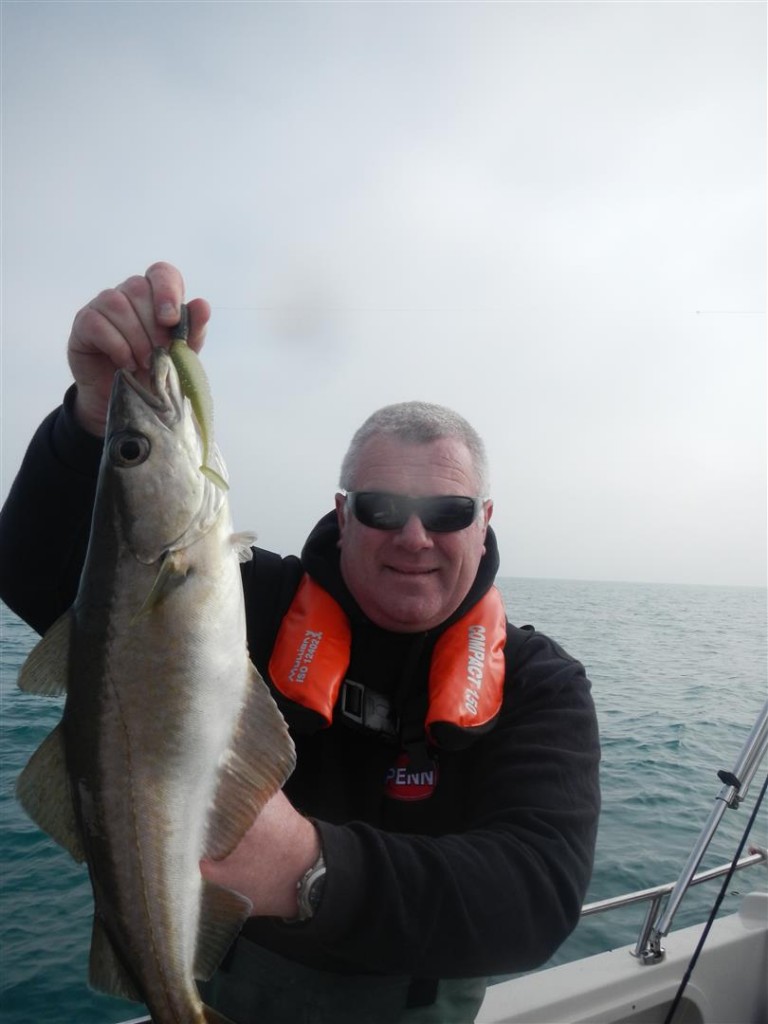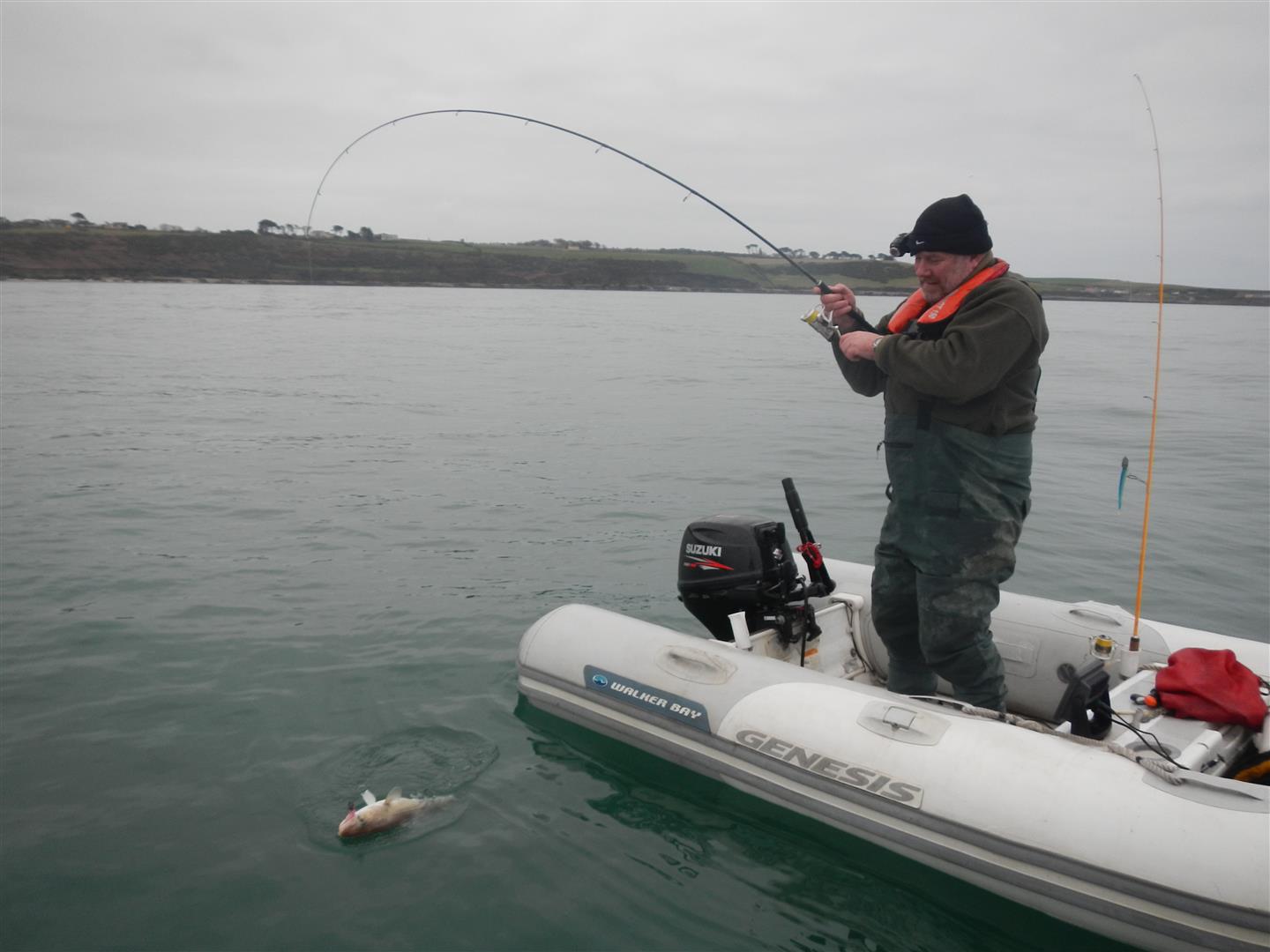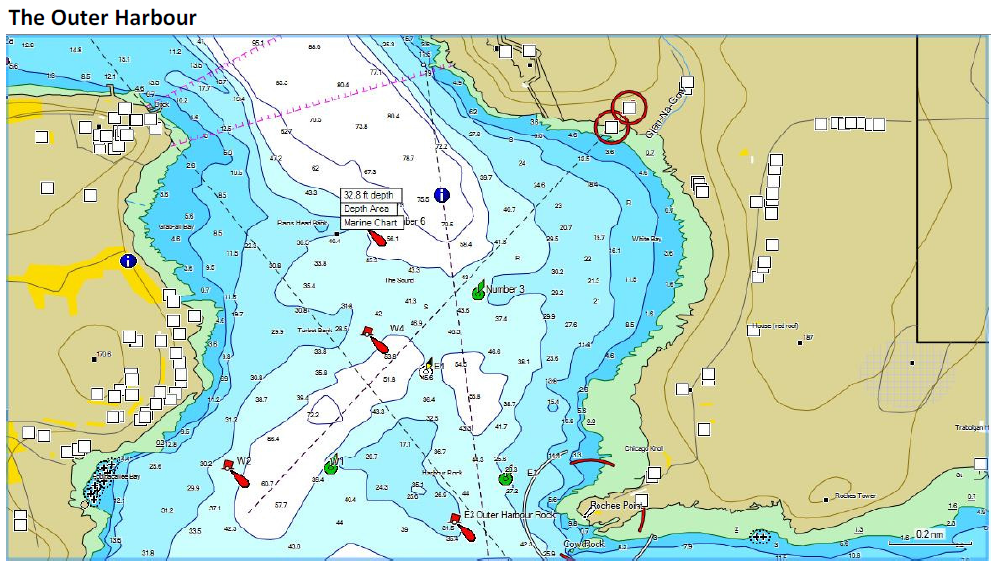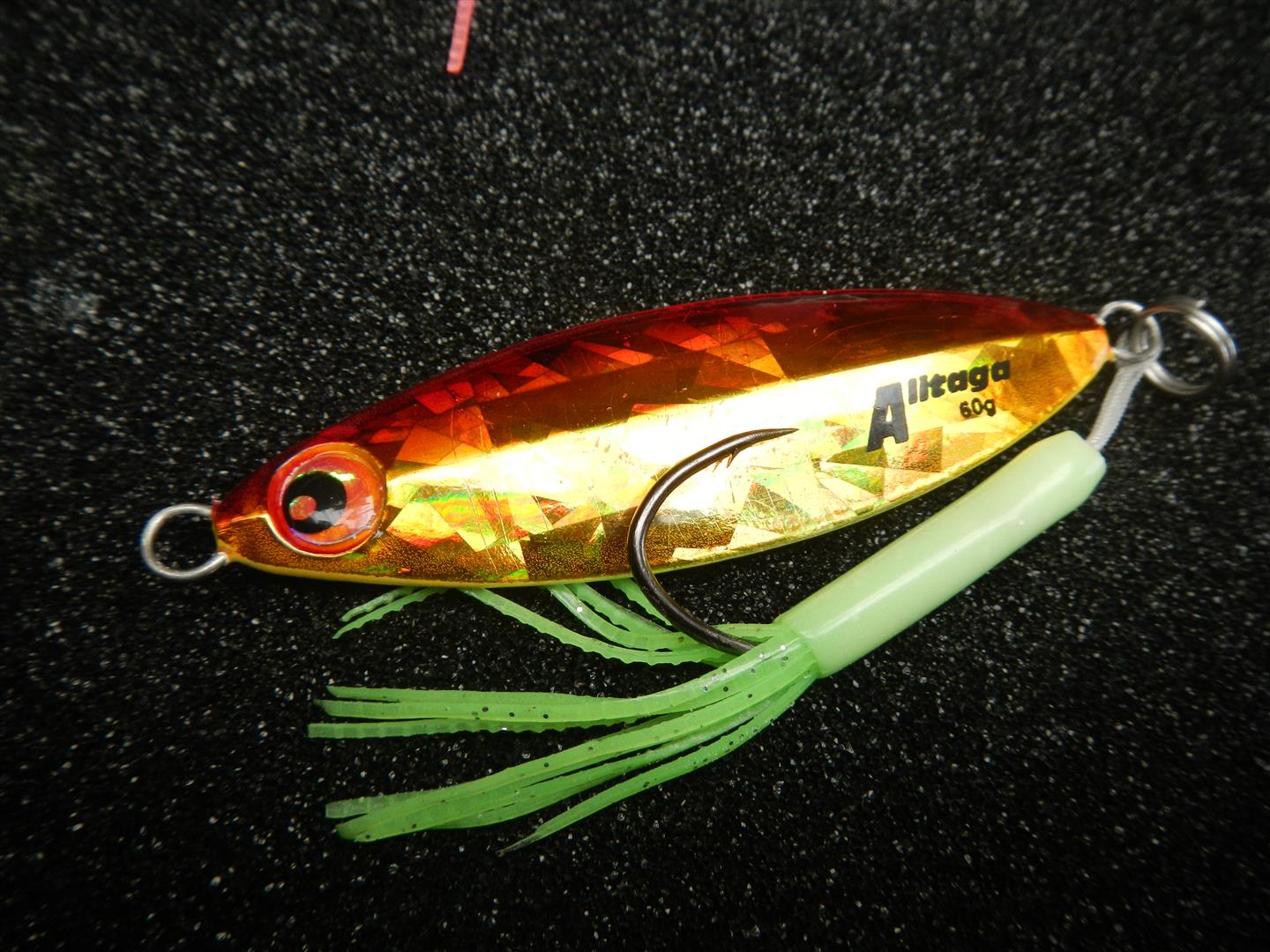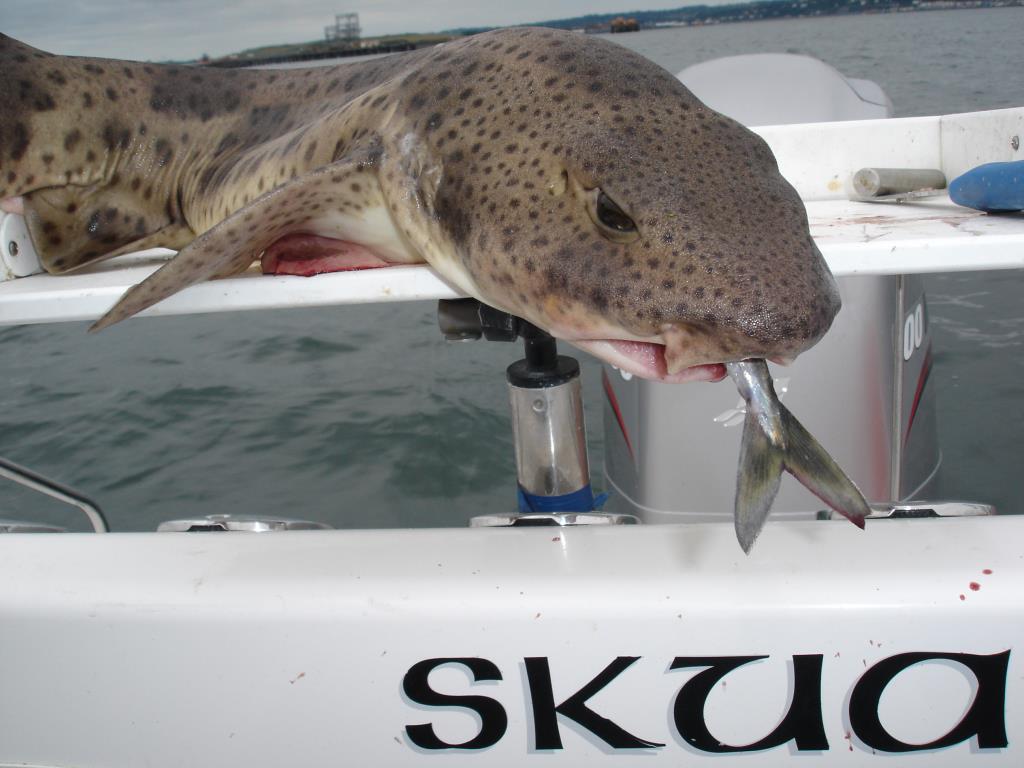* Do Not Be A Statistic This Summer!

Each year more and more anglers take to the water. The amount of small watercraft gracing our waterways are testament that it is not just sea anglers that are going afloat to get their fix but that freshwater anglers are looking to get onto local lakes to search out some decent catches. Each time I take to the sheltered waters of Cork harbour I am astounded by the amount of small angling boats that are actively fishing and of course the rise in numbers of kayak anglers seems to continue to the verge of being an infestation! Still, it is great to see people taking to the water, better still if they are catching fish.
Why is there a rush to water? People have varying reasons for the purchase of a craft but most will admit to one thing – In most cases the quality of our angling is not what it once was and therefore shore anglers are now looking to take to the water in order to maintain or to increase catches. Once anglers realise that to get to water is less expensive that they thought then many are prepared to take the plunge and get fishing whether it is by dinghy by person water craft or by charter boat.

Safety
You owe it to those on shore to insure that you make the best attempt at getting back to shore in a safe manner. Of course this entails all that goes with maintaining your craft and equipment. Here though we will concentrate less on the onboard equipment and more on the individual items – your lifejacket.
You will often hear the terms lifejacket, buoyancy aid, PFD (Personal Floatation Device). While all can be described as PFD’S there are technical differences between lifejackets and buoyancy aids. A buoyancy aid is designed to be just as it says – an aid to buoyancy. A life jacket must fulfil some important jobs – it must turn the occupant in the water to insure that their head is clear of the water and also keep the casualty in that position – thus a lifejacket can be an aid to an unconscious casualty whereas a buoyancy aid may or may not help the unconscious casualty.

Modern lifejackets are not a hindrance to wear. The most modern automatically inflated jackets are now even smaller than ever before. Take the Mullion Compact 150 life jacket as an example: the jacket looks positively tiny and is more like a collar rather than a harness. It does have a crotch strap supplied but I’m told it tested without. I like the PVC on the outer cover as I tend to get jackets dirty due to fish blood and suchlike. I think the pvc will not show mould over the winter months too.
The jacket is small because of the folding of the inner bladder. The bladder is the same size as a “normal” jacket and the jacket features the usual “manual inflate tube” and also a whistle. There is also a window in the back of the jacket that allows you to see two green “lights”. If these are green the jacket is ready to work, if any shows red there is need for inspection.
It is incredible when you think of it that angers will pay massive amounts of money for the latest item of tackle but will baulk at spending a few quid extra for a quality lifejacket!
The ultimate version of this jacket is available with a built in Personal Locator Beacon. In Ireland Commercial fishermen have the ability to purchase these jackets at a subsidised price.
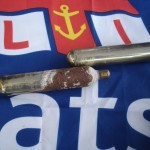
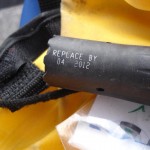
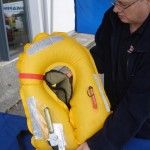
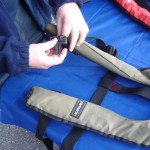
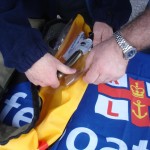
Life jacket Inspection:
To step aboard any watercraft without a lifejacket is utter lunacy. In Ireland it is also breaking the law to be without a lifejacket while onboard a small craft (<7m). While kayakers tend to wear buoyancy aids the most popular Personal Floatation Devices (PFD) or jackets for boat anglers are the type that will inflate from a gas canister when needed either manually or automatically. These jackets are light, easy to wear and unobtrusive. We tend to forget that they need regular checking and maintenance. Last year I was demonstrating the superb features of one of my jackets when the canister fell out onto the deck. The canister had loosened enough to fall out of its holder. Even now it gives me a shiver to think of what could have happened if I needed my jacket!
I made it my business to track down the fellows from the RNLI and to get their advice on lifejacket checking.
- Firstly you should take out your jacket and open the inner bladder to the elements. Visually inspect for any obvious tears or damage.
- Inflate your jacket using the inflation tube and listen all around the jacket to hear leaks. Put the jacket away in the shed for twenty four hours. Your jacket should be fully inflated when you return – if not you must consider replacing your jacket.
- Now you have checked the jacket it is time to concentrate on the business end of things – the inflation system. The majority of jackets nowadays are both automatic and manual inflating. That is the jacket will inflate automatically if in contact with water. There tends to be two system of automatic activation – The chalk disc type and the Hammar hydrostatic unit type. Each has a “replace by” date and you should check you unit to see if it needs to be replaced.
- If your cylinder is corroded you should replace the cylinder. If you have an accurate weighing scales you can weigh the cylinder to determine if it is full. The weight is marked on the cylinder.
While speaking with the RNLI safety officer he was saying how many people were not too impressed at having to replace any part of the mechanism! If it was a piece of expensive fishing gear we would all have two of them! So really you have to bite the bullet and keep your lifejacket in tip top condition. I carry my lifejacket around in the boot of my car. No matter where I am I would prefer to be wearing my own lifejacket than taking the chance on a jacket that has not been checked in years.
If your jacket has a dodgy bladder you should just throw it out. The importance of checking your bladder cannot be stressed enough. I have had one fail over the years. If the jacket was to be used it would have deflated within fifteen minutes. Having to manually top up your jacket would be another job you would not want if in difficulty.
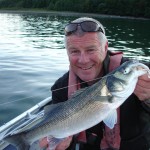
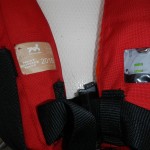

On the water
You will be pleasantly surprised when you hit the water in your small craft. Obviously you must be in tune with the weather forecast and it will help if you have some buddies to rely on for some help if you are new to the game. If bass angling is your thing you will find yourself fishing more in the early hours of the morning and late into dusk or darkness in the evening. The beauty of fishing at this time is that you will get the best out of the weather conditions during the summer. The usual rules apply when you do strike the water: Always let somebody know that you are afloat and make sure you tell that person what time you intend to come back off the water. If you decide to “give it another hour” especially when it is getting dark, make sure that you phone your shore contact and tell them your plans. Do not leave the shore bound people guessing as to your whereabouts.
In short – Do not take to the water this year without checking your PFD.

SAMS
If you have a few lifejackets and you want to control the servicing then CH Marine in Cork have an interesting Web Application.
Safety Asset Management System – Is a free service. It allows you to create a profile and register the serial numbers of your lifejackets. It will remind you when each jacket is due for inspection and/or service. It is a perfect tool for a charter skipper or any business that needs to control and certify their lifejackets. You can see more info at www.safetyatsea.ie





